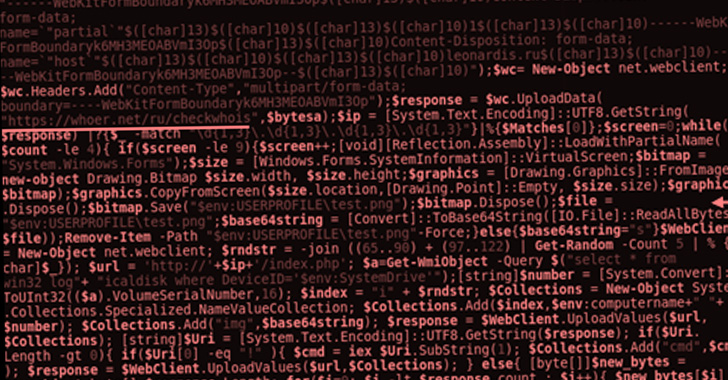Our project structure we'll be like this:
|-- config
| |-- __init__.py
| |-- aws_config.py
|-- images
| |-- aircraft.png
| |-- challenging.png
| |-- park.png
| |-- street_signs.png
|-- amazon_ocr.py
edit the aws_config.py and add your own AWS access key, secret key and regions.
# define our AWS Access Key, Secret Key, and Region
ACCESS_KEY = "YOUR_ACCESS_KEY"
SECRET_KEY = "YOUR_SECRET_KEY"
REGION = "YOUR_AWS_REGION"
then
# import the necessary packages
from config import aws_config as config
import argparse
import boto3
import cv2
def draw_ocr_results(image, text, poly, color=(0, 255, 0)):
# unpack the bounding box, taking care to scale the coordinates
# relative to the input image size
(h, w) = image.shape[:2]
tlX = int(poly[0]["X"] * w)
tlY = int(poly[0]["Y"] * h)
trX = int(poly[1]["X"] * w)
trY = int(poly[1]["Y"] * h)
brX = int(poly[2]["X"] * w)
brY = int(poly[2]["Y"] * h)
blX = int(poly[3]["X"] * w)
blY = int(poly[3]["Y"] * h)
# build a list of points and use it to construct each vertex
# of the bounding box
pts = ((tlX, tlY), (trX, trY), (brX, brY), (blX, blY))
topLeft = pts[0]
topRight = pts[1]
bottomRight = pts[2]
bottomLeft = pts[3]
# draw the bounding box of the detected text
cv2.line(image, topLeft, topRight, color, 2)
cv2.line(image, topRight, bottomRight, color, 2)
cv2.line(image, bottomRight, bottomLeft, color, 2)
cv2.line(image, bottomLeft, topLeft, color, 2)
# draw the text itself
cv2.putText(image, text, (topLeft[0], topLeft[1] - 10),
cv2.FONT_HERSHEY_SIMPLEX, 0.8, color, 2)
# return the output image
return image
# construct the argument parser and parse the arguments
ap = argparse.ArgumentParser()
ap.add_argument("-i", "--image", required=True,
help="path to input image that we'll submit to AWS Rekognition")
ap.add_argument("-t", "--type", type=str, default="line",
choices=["line", "word"],
help="output text type (either 'line' or 'word')")
args = vars(ap.parse_args())
# connect to AWS so we can use the Amazon Rekognition OCR API
client = boto3.client(
"rekognition",
aws_access_key_id=config.ACCESS_KEY,
aws_secret_access_key=config.SECRET_KEY,
region_name=config.REGION)
# load the input image as a raw binary file and make a request to
# the Amazon Rekognition OCR API
print("[INFO] making request to AWS Rekognition API...")
image = open(args["image"], "rb").read()
response = client.detect_text(Image={"Bytes": image})
# grab the text detection results from the API and load the input
# image again, this time in OpenCV format
detections = response["TextDetections"]
image = cv2.imread(args["image"])
# make a copy of the input image for final output
final = image.copy()
# loop over the text detection bounding boxes
for detection in detections:
# extract the OCR'd text, text type, and bounding box coordinates
text = detection["DetectedText"]
textType = detection["Type"]
poly = detection["Geometry"]["Polygon"]
# only draw show the output of the OCR process if we are looking
# at the correct text type
if args["type"] == textType.lower():
# draw the output OCR line-by-line
output = image.copy()
output = draw_ocr_results(output, text, poly)
final = draw_ocr_results(final, text, poly)
# show the output OCR'd line
print(text)
cv2.imshow("Output", output)
cv2.waitKey(0)
# show the final output image
cv2.imshow("Final Output", final)
cv2.waitKey(0)
To use it, we can type:
$ python amazon_ocr.py --image images/aircraft.png
[INFO] making request to AWS Rekognition API...
WARNING!
LOW FLYING AND DEPARTING AIRCRAFT
BLAST CAN CAUSE PHYSICAL INJURY
Happy coding!








































